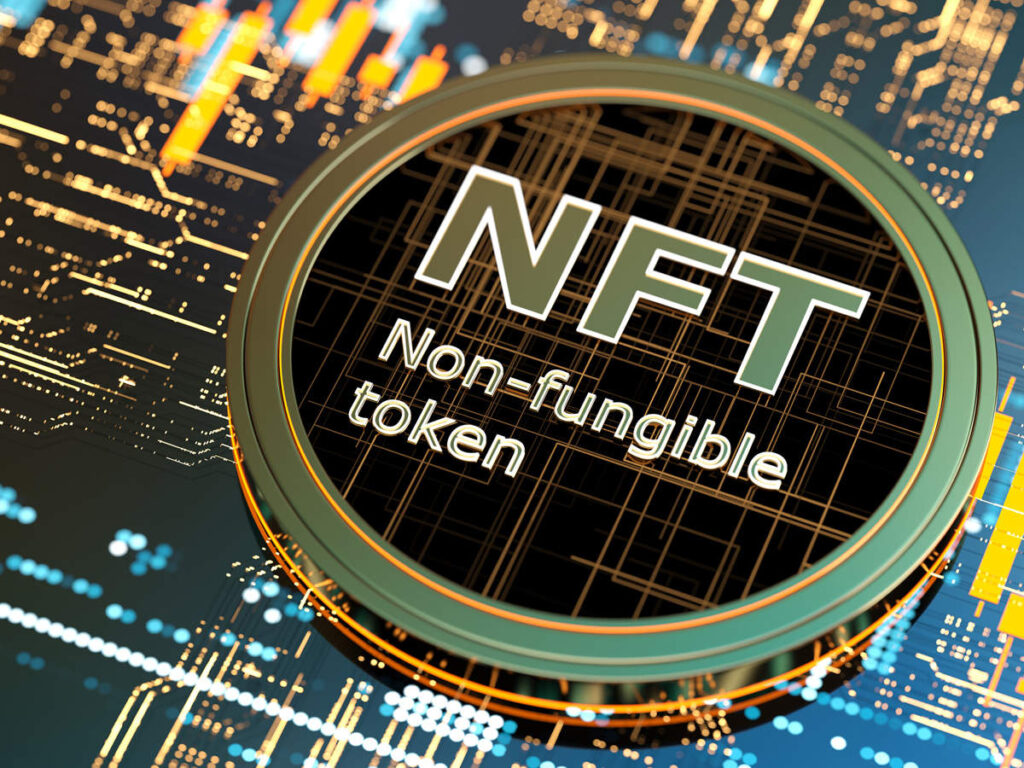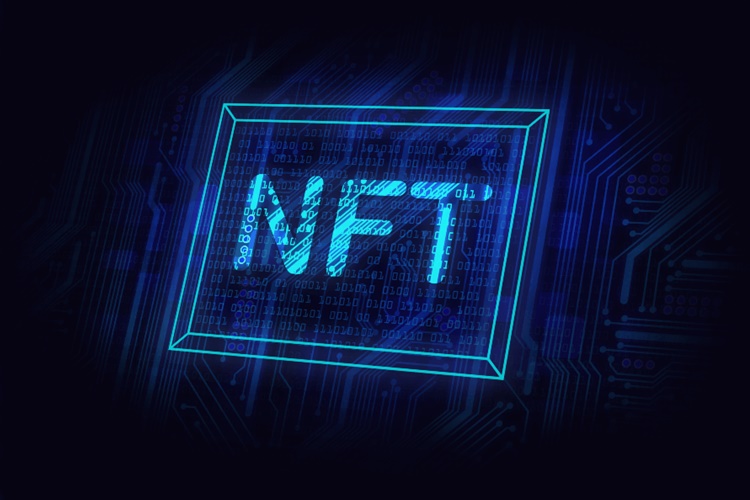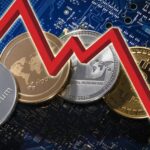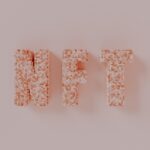NFTs are “one-of-a-kind” assets in the digital world that can be bought and sold like any other piece of property, yet they are not tangible property. NFT stands for non-fungible token. In economics, a fungible asset is something with units that can be readily interchanged – like money.If something is non-fungible, it can’t be interchanged. This means the asset has unique properties. The asset could be a house, or something as unique as the famous painting the “Mona Lisa”, which is one of a kind. You can take a photo of the painting or buy a print, but there will only ever be one original painting.
The digital tokens work like certificates of ownership for virtual or physical assets. They are part of the Ethereum blockchain. Ethereum is a cryptocurrency, like Bitcoin or Dogecoin, but their blockchain also supports NFTs, for which the blockchain stores additional information that makes them work differently from an ETH coin. It is worth noting that other blockchains can implement their own versions of NFTs.
NFTs can really be anything digital; they can be drawings or music, but a lot of the hype is around using the technology to sell digital art that can be bought and sold online, typically with cryptocurrency. The art is encoded with the same software as many cryptos.
NFTs have been around since 2014, but they are gaining notoriety now because they are becoming an increasingly popular way to buy and sell digital artwork. A staggering $174 million has been spent on NFTs since November 2017. They are generally one of a kind, or at least one of a very limited run, and have unique identifying codes.
“Essentially, NFTs create digital scarcity,” says Arry Yu, chair of the Washington Technology Industry Association Cascadia Blockchain Council and managing director of Yellow Umbrella Ventures.

This stands in stark contrast to most digital creations, which are almost always infinite and licensable. Hypothetically, cutting off the supply should raise the value of a given asset, assuming it is in demand. Many NFTs, at least in these early days, have been digital creations that already exist in some form elsewhere, such as iconic video clips from NBA games or securitized versions of digital art that’s already floating around online. Memes are also very popular NFTs.
The famous digital artist Mike Winklemann, better known as “Beeple”, crafted a composite of 5,000 daily drawings to create perhaps the most famous NFT of the moment, “EVERYDAYS: The First 5000 Days,” which sold at Christie’s for a record-breaking $69.3 million.
Anyone can view the individual images—or even the entire collage of images online for free. So why are people willing to spend millions on something they could easily screenshot or download?
Because an NFT allows the buyer to own the original item – mostly to own the receipt of the item. Not only that, but the technology contains built-in authentication, which serves as proof of ownership. Collectors value those “digital bragging rights” almost more than the item.
An NFT is created, or “minted” from digital objects that represent both tangible and intangible items, including:
• Art
• GIFs and memes
• Videos and sports highlights
• Collectibles
• Virtual avatars and video game skins
• Music
How do NFTs Work?
Traditional works of art like paintings are valuable because they are one of a kind.
But digital files can be easily and endlessly duplicated.
With NFTs, artwork can be “tokenized” to create a digital certificate of ownership that can be bought and sold.
Why are NFTs Controversial?
There’s a lot of money to be made in the NFT market, but you also may have heard there’s some controversy surrounding NFTs, in particular in relation to their impact on the climate. Whether or not NFTs are here to stay, they have certainly become a new plaything for the uber-rich and there is real money to be made for now. Be careful, however. If you’re the one creating them, it’s a fantastic time to get onboard the trend, but even crypto evangelists are skeptical about NFTs, so don’t buy them as an investment. Buy them for their artistic, or collectable value only. Be careful investing in these hyped products.
Subscribe for more business, sales, and investing posts. Have a lovely day!











